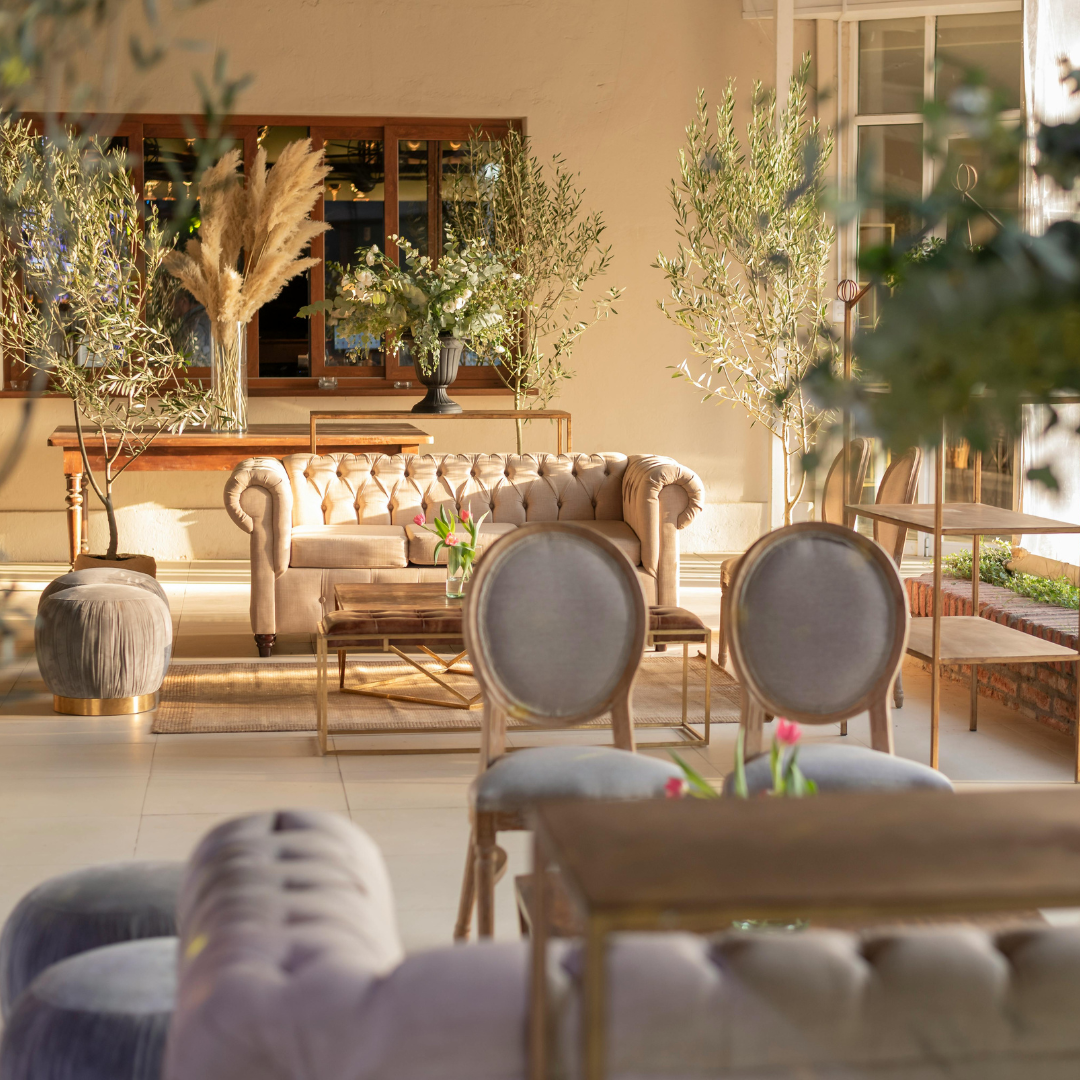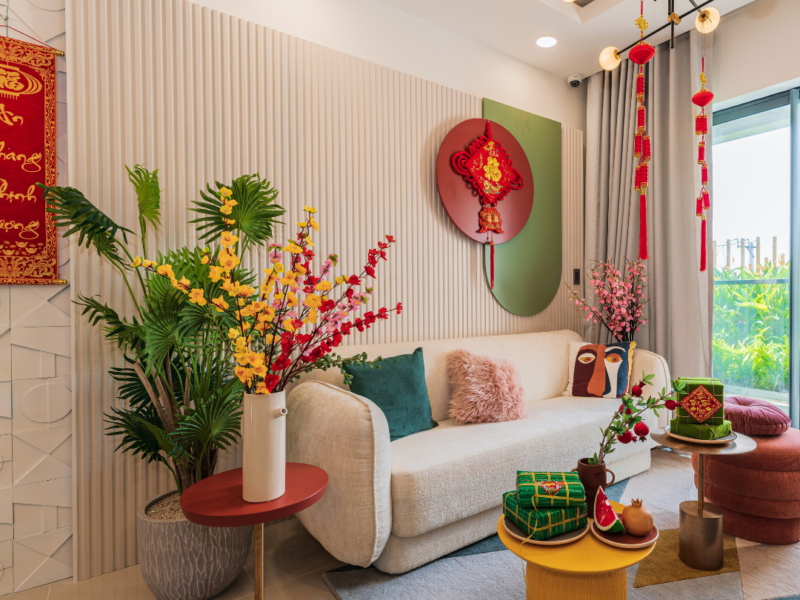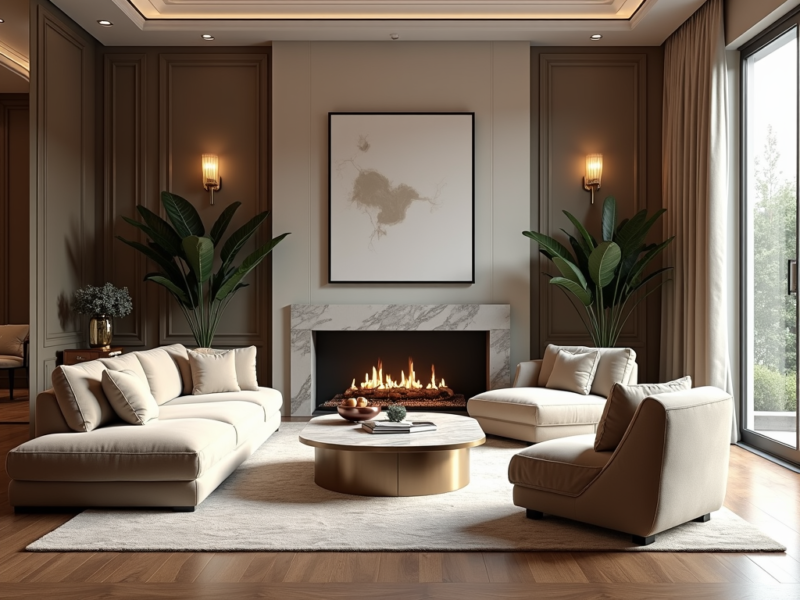Mixing and matching décor styles can transform a space from ordinary to extraordinary. By thoughtfully combining different elements, one can create a harmonious yet dynamic environment that reflects personal aesthetic. This approach allows for unique expression and personalization in home design.
Understanding key principles, such as balance, color coordination, and the importance of focal points, is essential. When implemented correctly, these techniques can seamlessly blend various styles, such as modern with vintage or minimalist with bohemian. This versatility invites creativity and ensures a captivating visual narrative in any interior.
Discovering how to blend disparate styles is an exciting journey. It challenges conventional design norms and encourages a fresh perspective on space. Through careful selection and arrangement, one can achieve a cohesive look that is both stylish and functional.
Understanding the Basics of Home Decor
A solid foundation in home décor depends on three key elements: color palettes, textures, and lighting. Mastering these components can significantly elevate any space and enhance its aesthetic appeal.
Defining a Color Palette
Establishing a color palette is essential for creating a cohesive look. Start by selecting a dominant color that reflects personal style and preferences. Complement this with one or two accent colors that harmonize well, adding contrast and interest.
Utilize tools like color wheels to identify complementary shades. For instance, combining warm colors like reds and yellows can create an inviting atmosphere, while cool tones like blues and greens offer a calm, serene feel.
Consider the psychological effects of colors. Soft neutrals can make a room feel spacious, while rich, deep hues can add warmth and intimacy.
The Role of Textures in Decor
Textures contribute significantly to dimension and depth in décor. Mixing materials like wood, metal, fabric, and glass can create a visually engaging space. For example, pairing a sleek leather sofa with a cozy knitted throw adds contrast and comfort.
Incorporate various textures through furniture, cushions, and wall treatments. A rough stone feature wall can ground a room, while plush rugs can soften hard surfaces, creating balance.
Choose textures that align with the desired ambiance. Smooth finishes may evoke modernity, while rustic elements can provide a more traditional, homely feel.
Incorporating Lighting for Ambiance
Lighting is crucial in setting the mood of a room. Different types of lighting serve unique purposes. Ambient lighting provides overall illumination, while task lighting focuses on specific areas, like reading nooks or kitchens.
Layering lighting sources—such as chandeliers, floor lamps, and wall sconces—can enhance the overall effect. Dimmers allow for adjusting brightness, creating flexibility for varying moods and activities.
Pay attention to the color temperature of light bulbs. Warmer tones promote relaxation, while cooler tones enhance focus. Incorporate natural light where possible to provide a fresh and lively atmosphere.
Strategies for Mixing Decor Styles
Mixing decor styles requires attention to both visual appeal and comfort. It is essential to create a balanced environment that feels inviting while showcasing diverse aesthetics.
Balancing Comfort with Style
When integrating different decor styles, comfort should never be sacrificed. Consider the usability of each piece. Soft fabrics, like cotton and linen, can coexist with sleek, modern furniture.
Tips for Balance:
- Select a predominant style as the foundation.
- Introduce accents from other styles gradually.
- Use soft textures to foster a cozy atmosphere while displaying various design elements.
By thoughtfully combining comfortable furniture with stylish accents, the space remains functional yet visually diverse. Stick to a cohesive color palette to enhance the harmony within the eclectic mix.
Mixing Patterns and Stripes Effectively
Combining patterns can add depth to a room, but it requires careful planning. Stripes, florals, and geometric designs can partner beautifully if executed correctly.
Effective Strategies:
- Choose one dominant pattern and let others complement it.
- Limit the mix to three patterns to avoid visual chaos.
- Use stripes to guide the eye; they can elongate spaces or add width.
Incorporating varying scales of patterns helps maintain balance. For instance, pair bold stripes with smaller floral prints. This approach adds interest without overwhelming the viewer.
By focusing on scale, color, and proportion, a harmonious blend of patterns can transform a room into an engaging space.
Implementing Decor Choices While Maintaining Privacy
Balancing aesthetic choices with the need for privacy can enhance a living space significantly. Thoughtful decor choices can enable privacy without compromising style.
Considering Privacy in Decor
When selecting decor elements, it is essential to evaluate how they impact privacy. For example, using window treatments like sheer drapes can allow light while blocking prying eyes. Layering fabrics, such as blinds paired with curtains, enhances both beauty and seclusion.
In outdoor spaces, strategically placed planters or privacy screens can create secluded areas while adding aesthetic appeal. Selecting items that provide visual barriers can maintain openness while offering privacy.
Furniture placement also plays a critical role. Arranging pieces to create cozy nooks can establish private zones within larger areas. Choosing the right decor fosters an environment that is both inviting and private.



